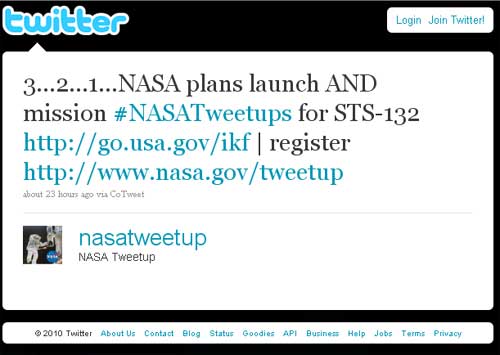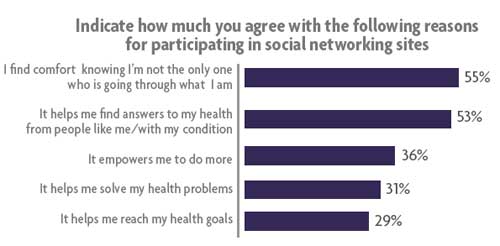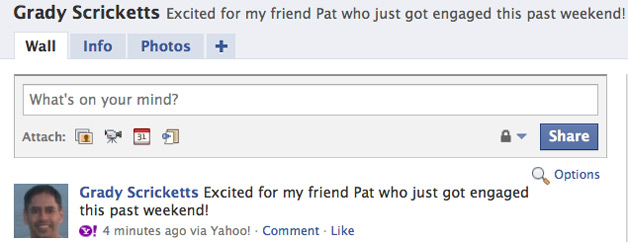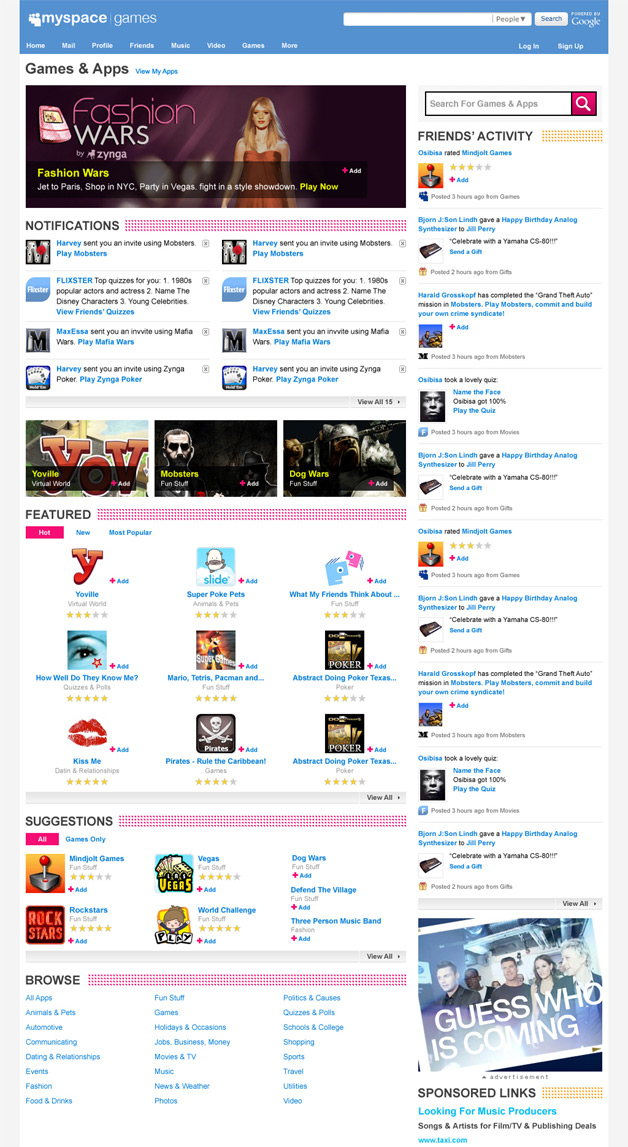Watching Facebook CEO Mark Zuckerberg’s keynote at F8 today, Pandora was used as one of the prime examples of the social network’s freshly announced "Open Graph", or as I like to call it – Facebook’s overtaking of the web. When Facebook users use Pandora, they can "like" bands or songs, and that will be fully integrated to their Facebook experience as well.
Pandora is becoming one of the hottest ways of listening to music these days, so this is significant news not only for Pandora, but for music in general. It stands to reason that the more people and the web itself get consumed by Facebook, Pandora will be along for a good portion of that ride, at least for people who…listen to music.
 Pandora of course made an announcement of its own. "The idea behind today’s update is to make it really easy to share your Pandora stations and music discoveries with your friends – and vice versa," explains Founder Tim Westergren. "Now your friends can be a daily source of inspiration for new stations and music discovery. I’ve been testing out the service while we were developing it and I have to say it really brings a wonderful new human dimension to the listening experience."
Pandora of course made an announcement of its own. "The idea behind today’s update is to make it really easy to share your Pandora stations and music discoveries with your friends – and vice versa," explains Founder Tim Westergren. "Now your friends can be a daily source of inspiration for new stations and music discovery. I’ve been testing out the service while we were developing it and I have to say it really brings a wonderful new human dimension to the listening experience."
Starting today, users can link their Pandora experience to their Facebook friends. "This quickly brings your Facebook friend list into Pandora along with your Facebook profile picture," says Westergren. "It quite literally puts a whole new face on Pandora."
Connecting Pandora and Facebook is optional. The company says it wants to be respectful to privacy and allows you to simply opt out. That’s probably a good thing for people afraid of being made fun of by their friends for having a Trivium station or something.
Those who do not opt out can get suggestions on new stations based on the music they’ve "liked" on Facebook. They can see which artists and songs you hear have been "liked" by your Facebook friends. Your Pandora profile page will feature Facebook info, and you can see music info about your Facebook friends who have Pandora accounts below your Pandora controls.

 "The figures show that IT managers are right to be concerned about the amount of social network use at work," said Simon Heron, Internet security analyst for
"The figures show that IT managers are right to be concerned about the amount of social network use at work," said Simon Heron, Internet security analyst for 






 "Our users already love Dailymotion’s content and high video quality, now they will find it in a best-of-breed player," said Joy Marcus, General Manager of
"Our users already love Dailymotion’s content and high video quality, now they will find it in a best-of-breed player," said Joy Marcus, General Manager of 

 From this toolbar, users will be able to see which YouTube friends are currently online (much like Facebook) and what they’re watching. A history of their recent activities on the site are also able to be viewed as well as real-time notifications when they perform activities like commenting, favoriting, and uploading.
From this toolbar, users will be able to see which YouTube friends are currently online (much like Facebook) and what they’re watching. A history of their recent activities on the site are also able to be viewed as well as real-time notifications when they perform activities like commenting, favoriting, and uploading.  – Design – Gowalla developers have created a fresh new experience that is more flexible, readable and usable.
– Design – Gowalla developers have created a fresh new experience that is more flexible, readable and usable.



 "What people lie about depends on what kind of people they are,"
"What people lie about depends on what kind of people they are," 


 Obviously, that’s a stunning amount, and perhaps all the more so since Facebook, which is one of the most successful social media sites in existence, doesn’t yet seem to be making money hand over fist.
Obviously, that’s a stunning amount, and perhaps all the more so since Facebook, which is one of the most successful social media sites in existence, doesn’t yet seem to be making money hand over fist.